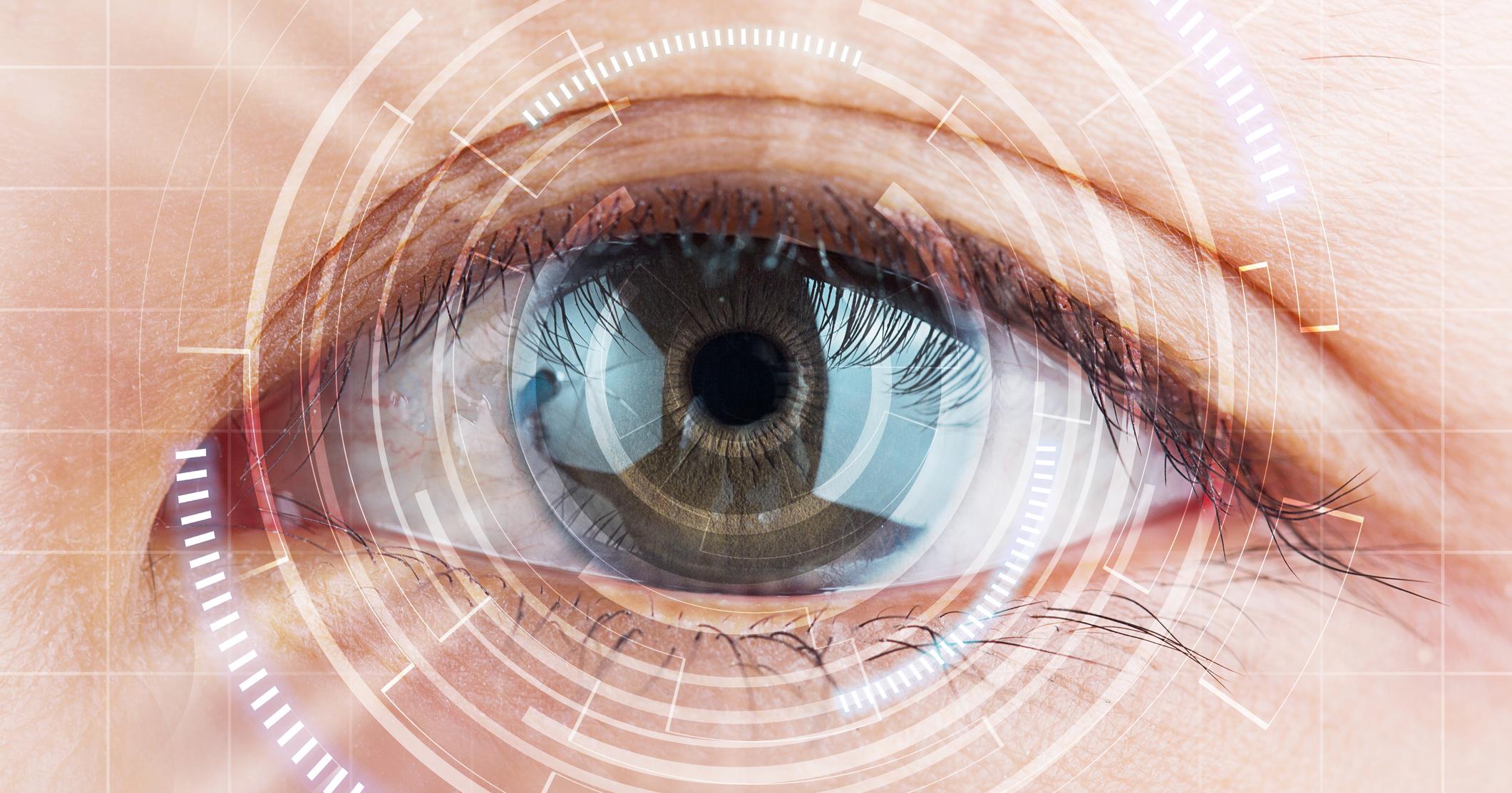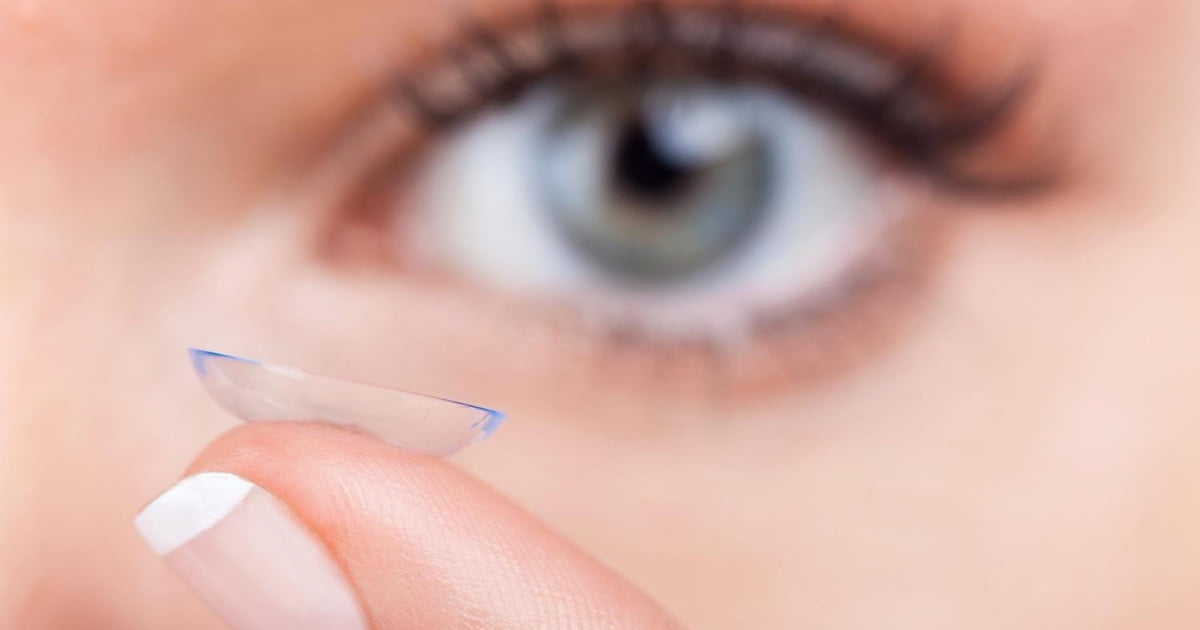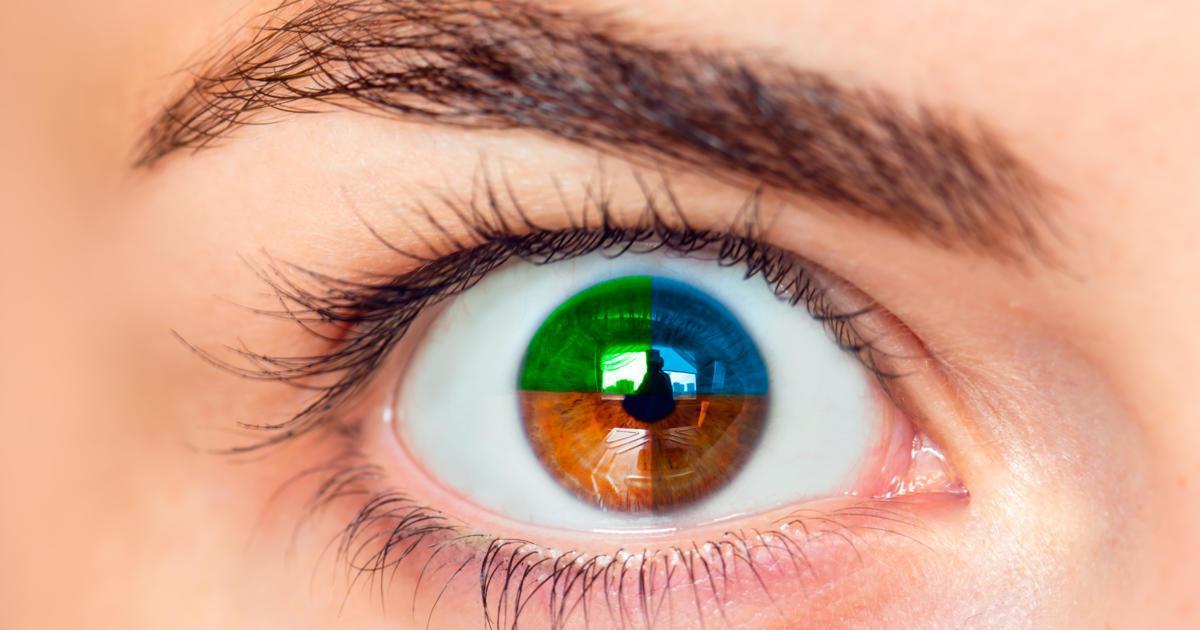The Pros & Cons Of Wearing Contact Lenses
Short of eye surgery, there are two primary ways to improve your vision: glasses or contact lenses. Contact lenses are worn on the eye, and they work by correcting refractive errors in the eye. They work a lot like glasses to refract and focus light properly so objects appear clearly. Contact lenses can fix the same vision problems as eyeglasses: nearsightedness, farsightedness, and astigmatism.
Nearsightedness happens when light rays focus too early in the eye and form a focal point in front of the retina instead of on it. Farsightedness occurs when the light rays can't form a focal point before reaching the retina. Astigmatism causes an abnormal curvature that distorts images. Contact lenses converge or divert light rays to move the eye's focus point onto the retina. If you're deciding if contact lenses are the right choice for you, consider the following important pros and cons.
Risk Of Eye Infections

One of the biggest risks of contact lenses is the risk of eye infections. Despite their convenience, individuals who wear contacts are at a higher risk of a serious infection called keratitis, which affects the cornea, or the outer covering of the eye. These eye infections are caused by parasite, fungus, or bacteria that invade the eye. One of the common infections among contact lens wearers specifically is Acanthamoeba keratitis, which is caused by a parasite, though they are also at a higher risk of bacterial and fungal infections.
Without treatment, keratitis can potentially penetrate into the interior portions of the eye and permanently affect vision. It's important to not wear lenses while swimming or using a hot tub to reduce the risk of eye infections. Remove contacts each night and use unexpired contact solution. The contact lens case should also be disinfected frequently.
Learn more about the pros of contact lenses now.
Unobstructed Vision

The biggest perk of contact lenses is they provide unobstructed vision. Unlike glasses, contact lenses will not be splattered with rain or mud, and they won't get oily, smudged, or smeared. Contact lenses move with the eye for a natural field of view without distortions or frames that obstruct vision. This makes lenses a good choice for sports and other activities because you do not need to worry about glasses getting in the way, breaking, or falling off.
Eyeglasses, on the other hand, sit about half an inch away from the eyes which can distort peripheral vision. Some individuals also notice blurry vision and trouble focusing on objects when first wearing glasses. The frames will typically always be visible to some extent, depending on the style of the glasses.
Reveal the first con of wearing contact lenses now.
Needs To Be Replaced Often

Some contact lenses can be worn for an extended period, but, as a general rule, every lens needs to be replaced often to reduce the risk of eye infection, dry eye, and other complications. Daily disposable contact lenses need to be disposed of after they are worn for a single day, and disposable lenses should be replaced every two weeks. Traditional contact lenses should be replaced every six months.
There are many signs it's time to remove and throw away contact lenses. When the lenses are not as clear as they used to be, it may indicate bacterial growth on the lenses. Eye irritation and discomfort are also signs of damage to the contacts. When they get too old, contacts can also develop bends and permanent dents that can allow bacteria and parasites into the cornea.
Discover more about the pros and cons of contact lenses now.
Can Change Your Eye Color

Contacts don't need to change your eye color at all if they are clear, but many individuals choose tinted or color contacts to change the appearance of their eyes. A colored contact lens can change the color of your eye to blue, green, brown, or even an unnatural color, depending on what you want. Color contacts recommended by a specialist don't just enhance or change your eye color; they can still correct astigmatism, myopia, and hyperopia.
Two types of color contacts can change your eye color. An enhancement tint has a translucent but solid color designed to enhance the natural color of your eyes. This type of lens works best for individuals with lighter-colored eyes who want to make the color more intense. An opaque tint is a non-transparent tint that completely changes eye color. This type is necessary to change your eye color if you have dark-colored eyes. Opaque tints come in a variety of colors like gray, brown, amethyst, violet, green, blue, and hazel.
Read about another con of wearing contact lenses now.
Doesn't Protect Eyes From UV Rays

An important and overlooked benefit of glasses is they do something contacts can't: they can adjust the amount of light that enters the eye. Photochromatic eyeglasses, also called glasses with transition lenses, darken automatically in sunlight for comfortable vision and they block some ultraviolet rays from entering the eye. Wearing contacts doesn't protect eyes from UV rays like glasses can because glasses can block one hundred percent of UV light, not just a tiny portion.
The eye's lens absorbs rays that pass through the pupil. This ultraviolet exposure can cause cataracts later in life. The American Optometric Association recommends wearing sunglasses that block UV-A and UV-B rays to protect against solar radiation. Some contacts can offer a bit of protection by absorbing ultraviolet radiation and lowering the amount of radiation that reaches the surface of the eyes, but lenses can only block seventy to ninety percent of UV rays.